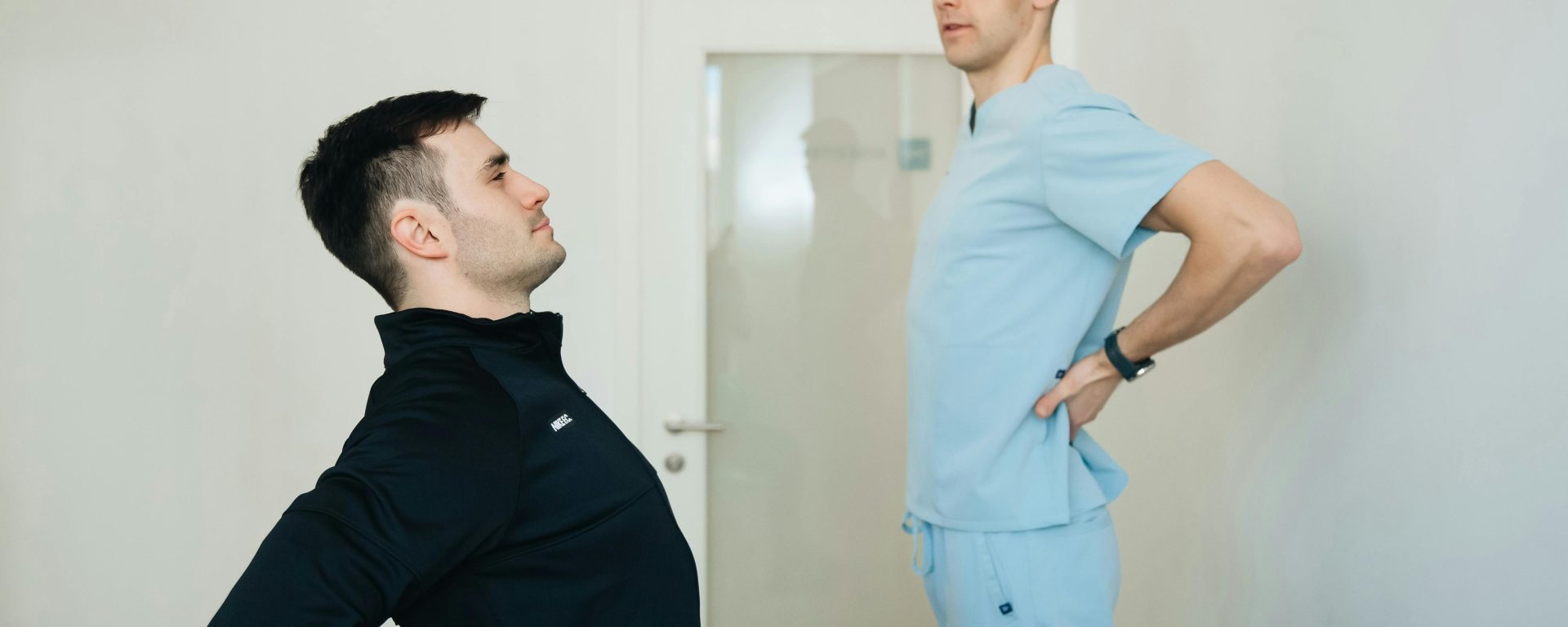In 2012, a researchers at Cairo University have conducted a groundbreaking study exploring the benefits of lumbar extension traction in conjunction with traditional stretching exercises and infrared radiation for patients suffering from chronic mechanical low back pain (CMLBP). Published by Aliaa A. Diab and Ibrahim M. Moustafa, the study aimed to assess the efficacy of this combined treatment on the lumbar curve, pain levels, and intervertebral movements in affected individuals.
This randomized clinical trial involved 80 participants aged between 40 and 50 years, all diagnosed with CMLBP and exhibiting a hypolordotic (flattened) lumbar spine. The participants were randomly assigned to one of two groups: the traction group or the comparison group. The comparison group, consisting of 40 patients, received a regimen of stretching exercises and infrared radiation therapy. The traction group, also comprising 40 patients, received the same regimen with the addition of lumbar extension traction.
Over a three-month follow-up period, researchers measured the absolute rotatory angle, intervertebral movements, and pain levels using the visual analog scale (VAS). Assessments were conducted at three intervals to track changes over time.
The study revealed notable improvements in the traction group compared to the comparison group. Significant differences were observed in the translational and sagittal rotational movements of the L3-L4, L4-L5, L5-S1, and L2-L3 segments after treatment (P < .01). Additionally, improvements in the absolute rotatory angle were significant (P < .01).
Interestingly, while pain levels showed improvement in both groups, the difference was not statistically significant (P = .1 and .3). Similarly, no significant changes were observed for the L1-L2 segment (P = .072 and .076) or the L2-L3 segment at follow-up (P = .3). However, the overall enhancement in sagittal lumbar curvature and intervertebral movement highlights the superiority of lumbar extension traction combined with traditional treatments.
The findings of this study suggest that incorporating lumbar extension traction with stretching exercises and infrared radiation offers a more effective rehabilitation approach for improving lumbar curve, reducing pain, and enhancing intervertebral movement in patients with chronic mechanical low back pain. This innovative treatment strategy could potentially lead to better long-term outcomes for individuals suffering from this debilitating condition.
For those dealing with chronic low back pain, these results provide hope for more comprehensive and effective management options, promising improved quality of life and functional recovery.
Reference: Diab, A. A., & Moustafa, I. M. (2012). Lumbar lordosis rehabilitation for pain and lumbar segmental motion in chronic mechanical low back pain: a randomized trial. Journal of manipulative and physiological therapeutics, 35(4), 246-253.
